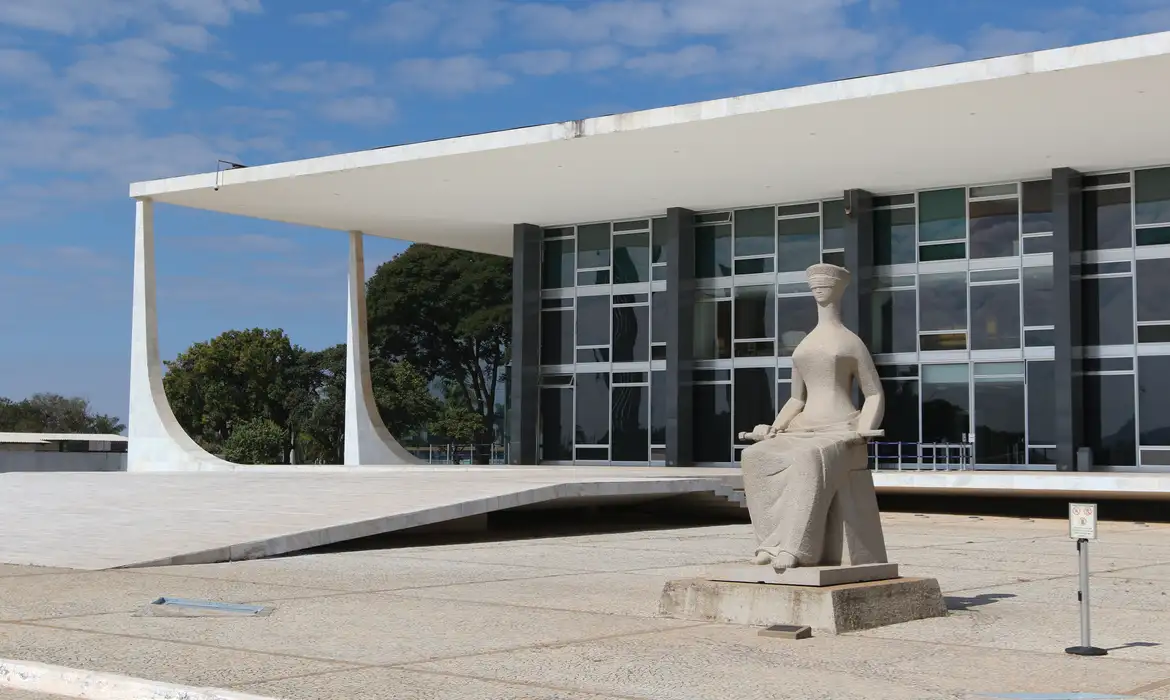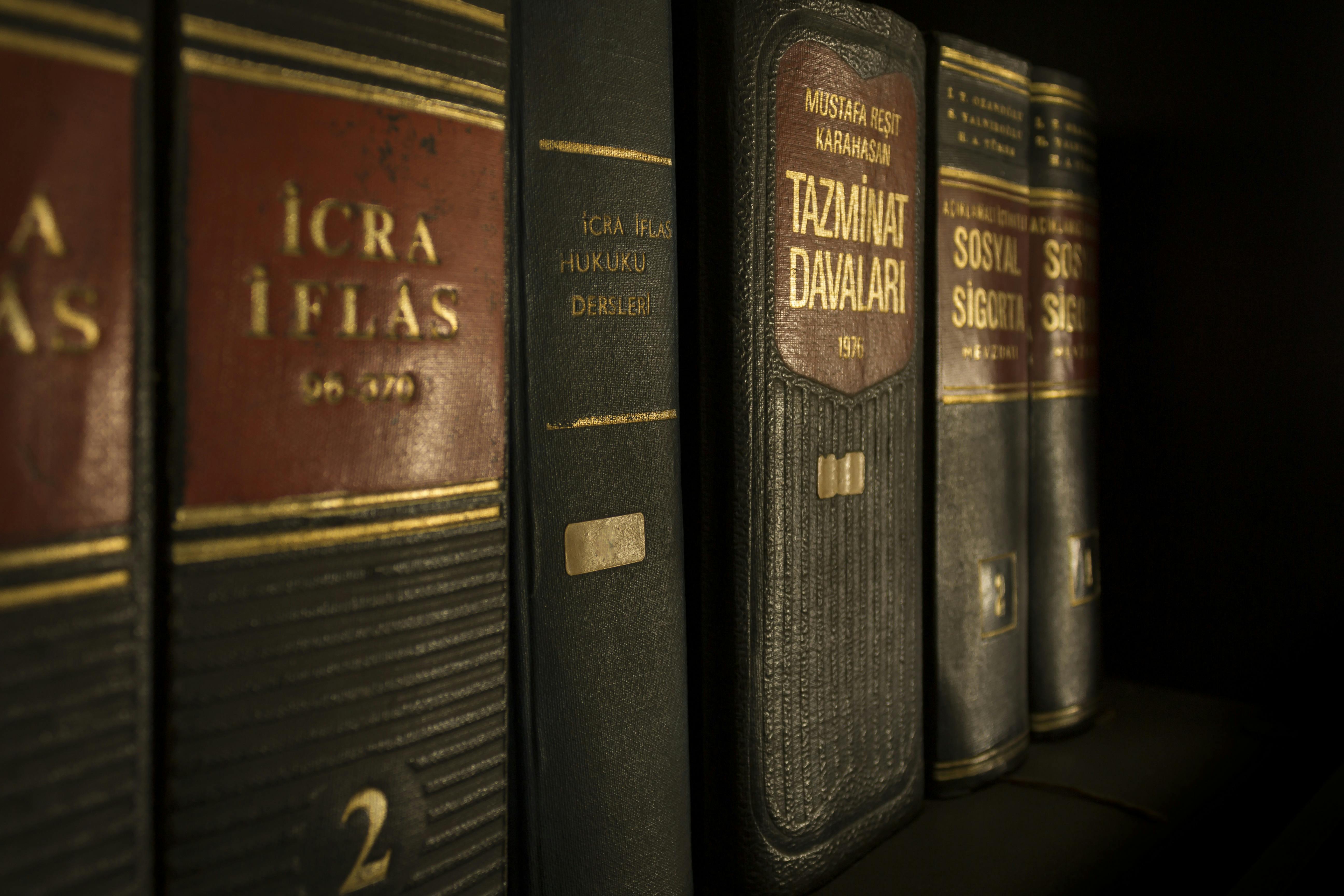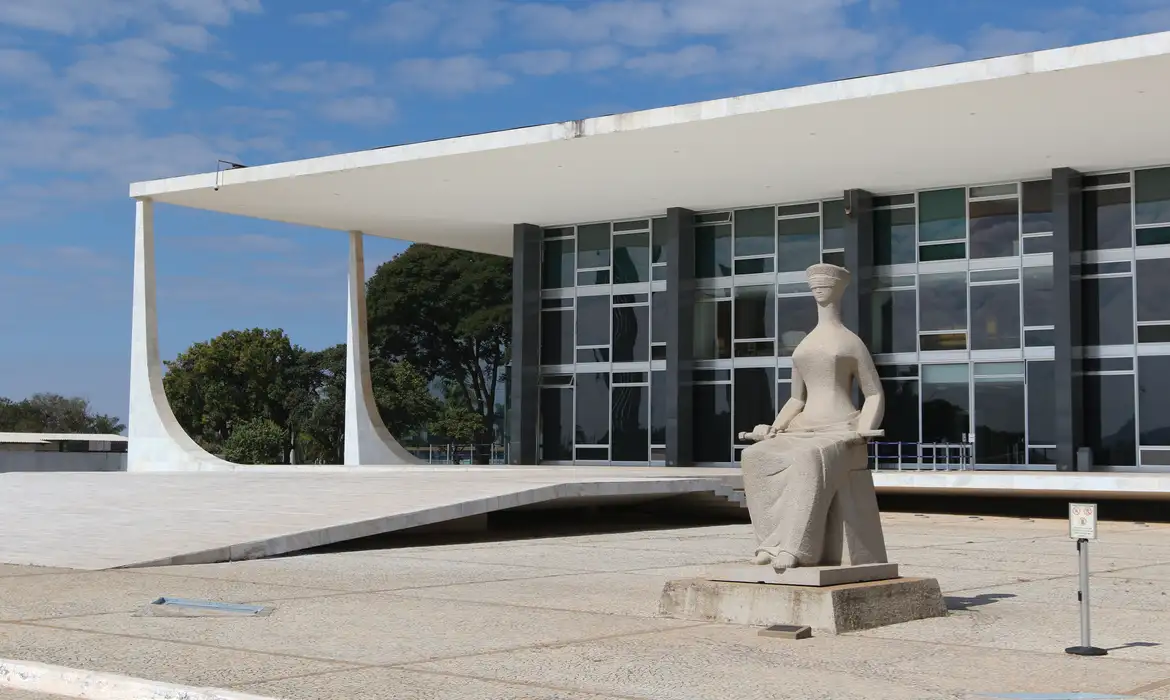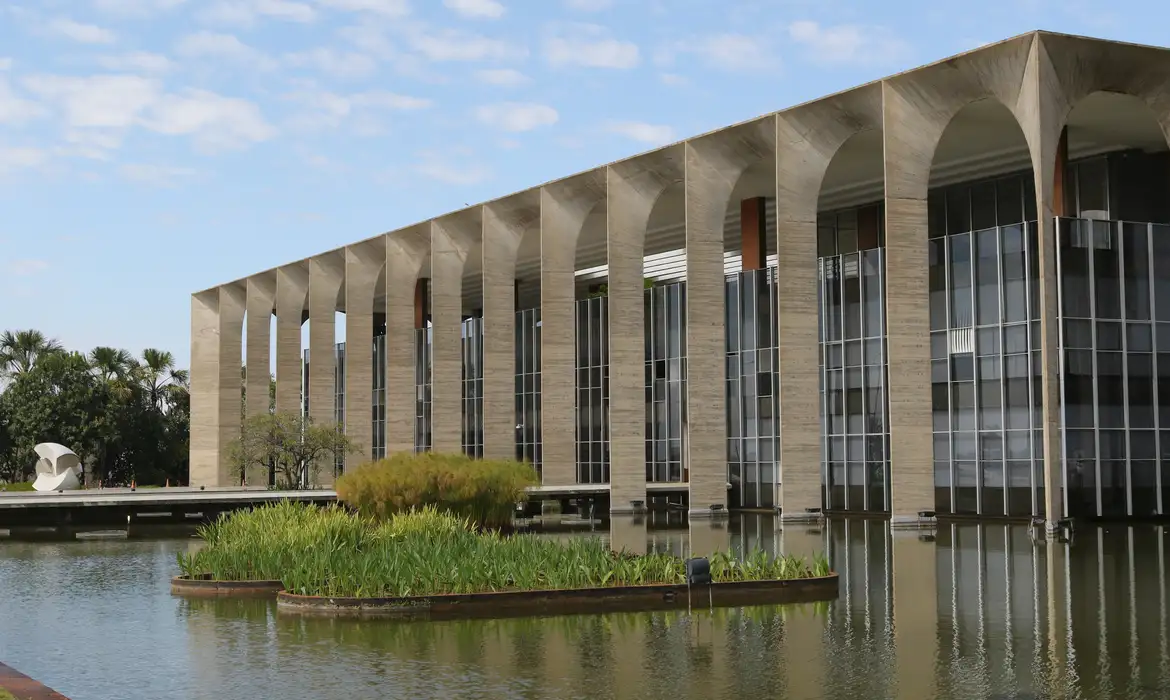In an effort to reduce the tax cost of equity transactions, Brazilian companies have adopted business structures that allow taxpayers to benefit from the deduction of expenses incurred with the goodwill amortization.
One of such structures the so-called “Wed-and-Divorce” transaction. It allows the acquirer of an equity stake to deduct goodwill expenses from its taxable income, while preventing taxation over the capital gain incurred by the seller. This is an enhanced form of the “vehicle-company” structure discussed in another text of this newsletter.
While the double benefit brought by this transaction has made it popular among Brazilian companies, it has also caught the attention of tax authorities, who are increasing their scrutiny over equity transactions, particularly the ones that involve deduction of goodwill. Therefore, it has become a highly risky alternative, usually considered by the tax Administration as a way of evading taxes. Nonetheless, tax courts’ case law sheds light on alternatives to reduce the risk and assure the tax benefit for such structure.
The “Wed-and-Divorce” transaction involves a series of steps. Initially, the seller incorporates a target company with the assets it wishes to sell. Then the buyer subscribes shares of the target company paying goodwill (i.e. for a higher amount than the net equity, as exposed in the specific text of this newsletter. The goodwill will be registered in a capital reserve account, which is not subject to taxation. Lastly, the target company redeems the shares held by the seller, thus paying the total price of the transaction within the very same day. Alternatively, the target company can be split up, and the underlying assets are transferred to the buyer at the same time.
Hence, the expression “wed-and-divorce” derives from the incorporation of a company by buyer and seller (the wed), which is quickly dissolved (the divorce). The price received by the seller is not subject to taxation because no capital gain arises. Meanwhile, if the transaction complies with certain legal requirements (future profitability; independent appraisal report; extinction of the acquired equity interest and a minimum amortization period of 5 years) the expenses incurred by the buyer with the amortization of goodwill are deductible for corporate income tax purposes.
Tax authorities have raised issue with these transactions, which, in their view, has no purpose other than avoiding taxes. Despite following a form authorized by law, taxpayers who make use of the “Wed-and-Divorce” structures are usually subject to detailed audits and hefty fines, and have the transaction completely disregarded by tax authorities.
For some time, the Brazilian Administrative Tax Court (“CARF”), responsible for the review of administrative tax assessments, did not agree with the tax Administration’s claim and issued a decision recognizing that Wed-and-Divorce transactions were not forbidden by law. CARF also decided that the taxpayer’s objective of reducing taxes did not make the transaction illegal if the steps taken to implement it were not forbidden. During that time, the “Wed-and-Divorce” was seen as a licit tax planning.
Nevertheless, such position began to be revisited in 2002 with the issuing of the Provisional Measure No. 66. The rule allowed tax authorities to disregard a business transaction if it lacked business purpose or was planned with a formal abuse. Under this provisional measure, a transaction would lack business purpose whenever it was performed through the most complex path and considered a formal abuse if the indirect transaction produced the same results as the direct one.
The provisional measure was never converted into law and has since lost its validity. Nevertheless, the CARF, has been applying such provisions to justify its current view that unnecessarily complex transactions aimed only at avoiding taxation are illegal. Engaged parties would consequently be taxed according to the rules applicable to the direct transaction (in the “Wed-and-Divorce”, this means paying taxes imposed on a straightforward equity purchase transaction) and be subject to a fine of up to 150% of the amount of the relevant taxes, as a way to discourage tax planning.
With that in mind, CARF issued multiple decisions on the matter. In some circumstances, it recognized a formal abuse of the structuring process while in others it stated the transaction had no business purpose. The Court also decided that some of the “Wed-and-Divorce” transactions were simulated, as they were in fact disguised equity purchase agreements. With that, the Court practically outlawed this form of tax planning and the “Wed-and-Divorce” has increasingly been seen as an illegal tax evasion.
The Court, however, has not entirely ruled out the validity of this sort of transaction structure, once the decisions take into account specific characteristics of each transaction, not on their nature. In this sense, it is possible to infer specific requirements established by the Court’s precedents for the transaction’s legality.
In other words, as long as the taxpayers can demonstrate that the “Wed-and-Divorce” transaction has a business reasoning other than the tax reduction, it can be considered valid and acceptable. A longer timeframe between the steps may indicate that the transaction has such business reasoning. An operational Target Company that is not only a way of transferring asset may also appease the tax authorities.
Brazilian judicial courts have yet to decide on the matter, and the administrative case law is the only clear guideline that taxpayers can use as a parameter. Once judicial Courts start to review CARF’s decisions, we may expect a change in the current adverse scenario.



































